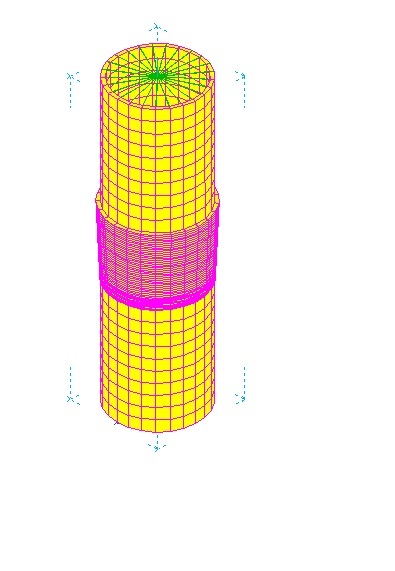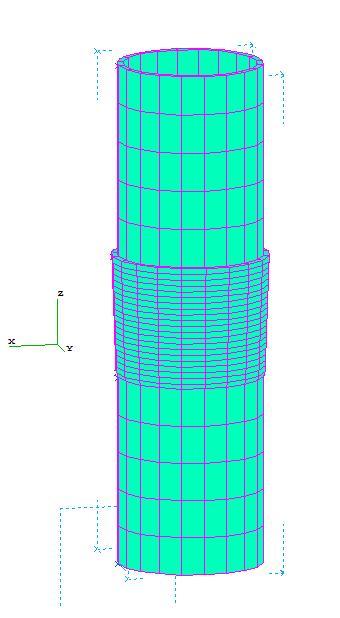sna1
Mechanical
- Nov 5, 2015
- 5
Hi,
Can anybody help me. I have got stress in X and Y direction with SAMCEF software (I use cartesian coordinate systems) and i would like to deternime the hoop stress. Can anybody tell me how to get hoop stress from principal stress (X and Y).
Can anybody help me. I have got stress in X and Y direction with SAMCEF software (I use cartesian coordinate systems) and i would like to deternime the hoop stress. Can anybody tell me how to get hoop stress from principal stress (X and Y).


